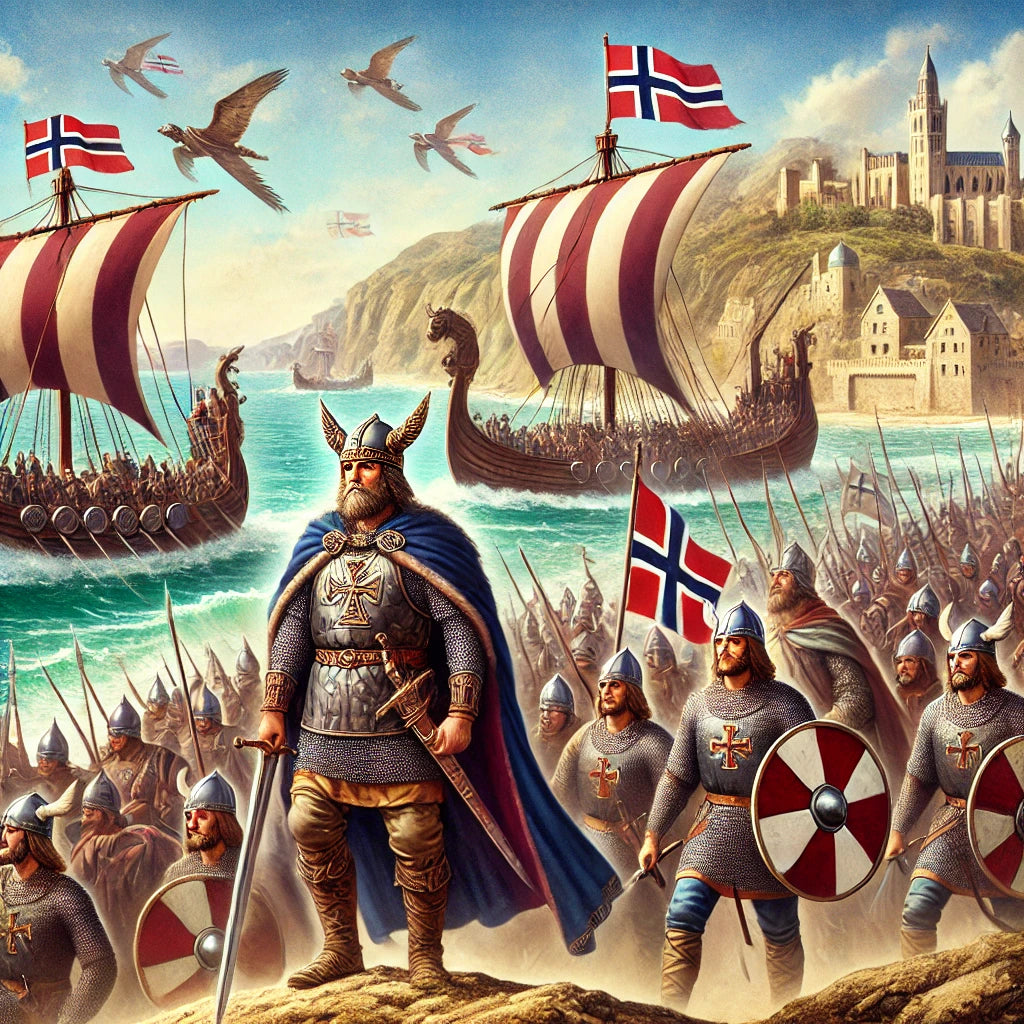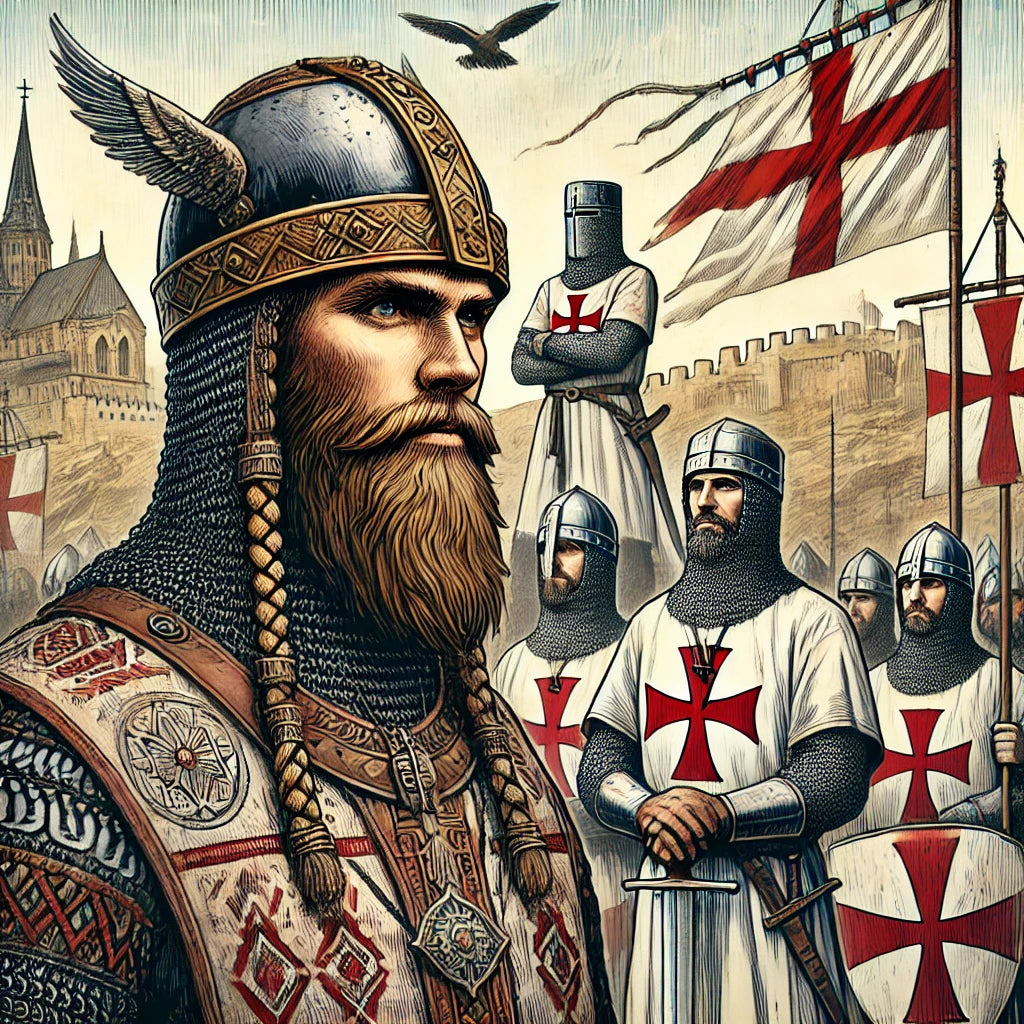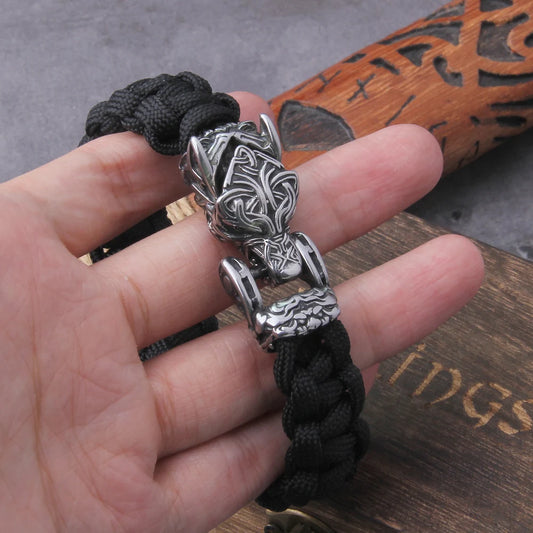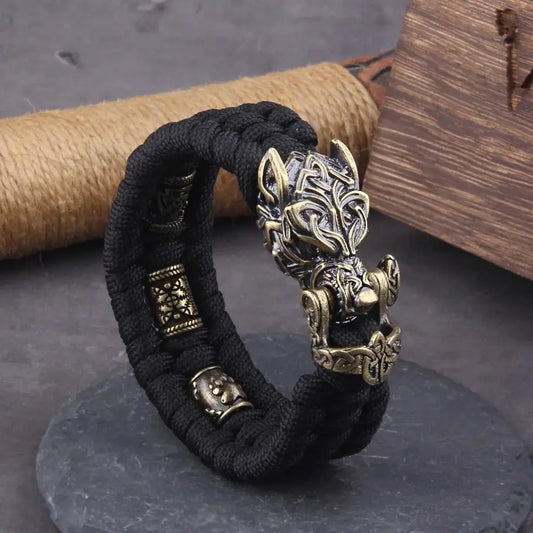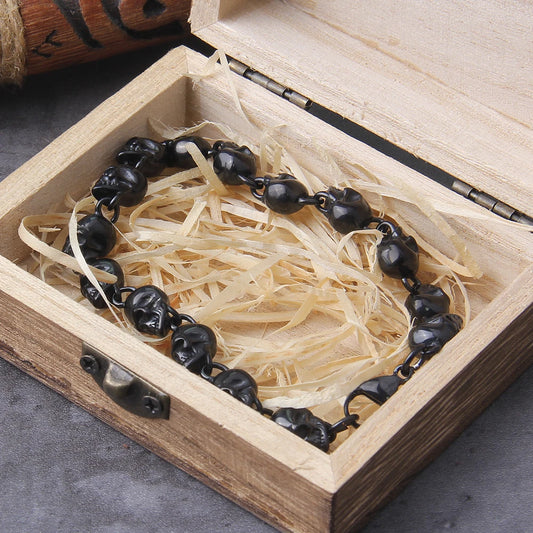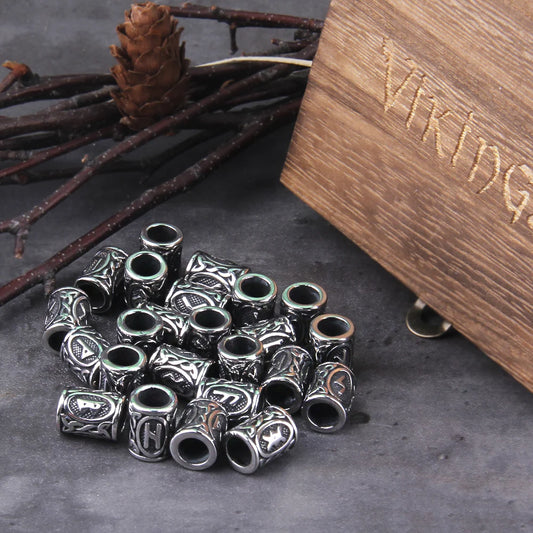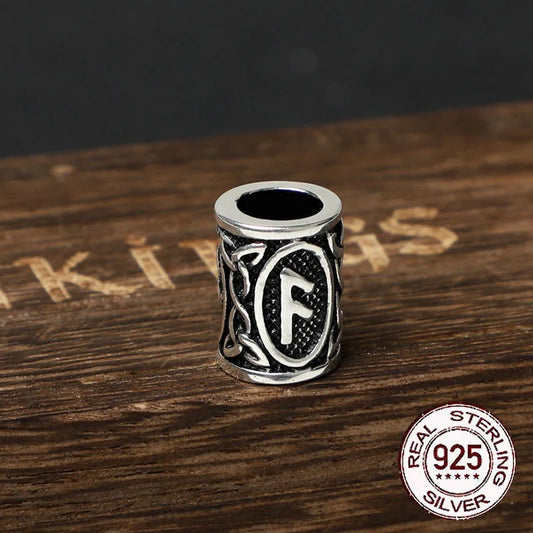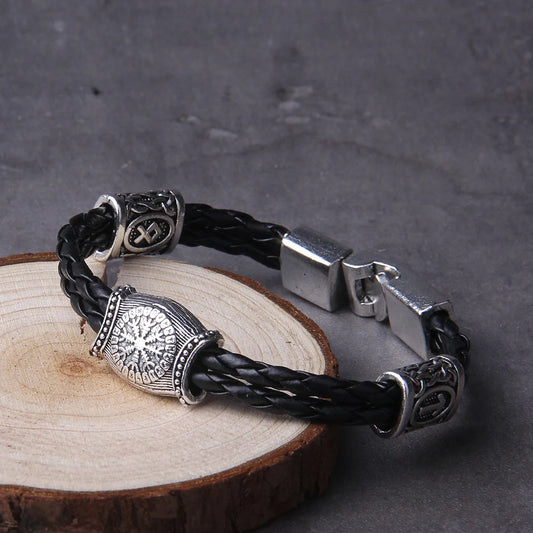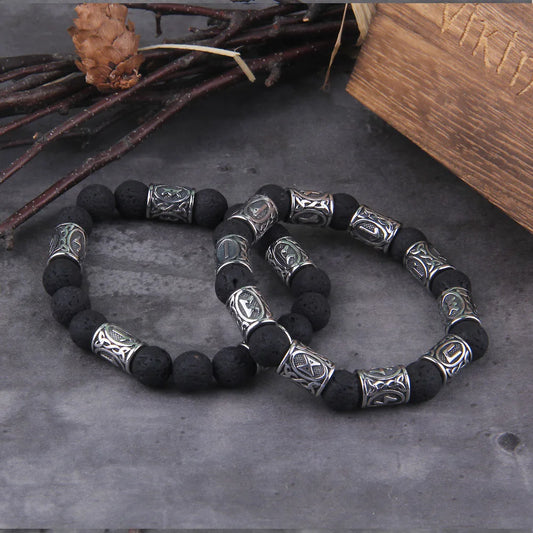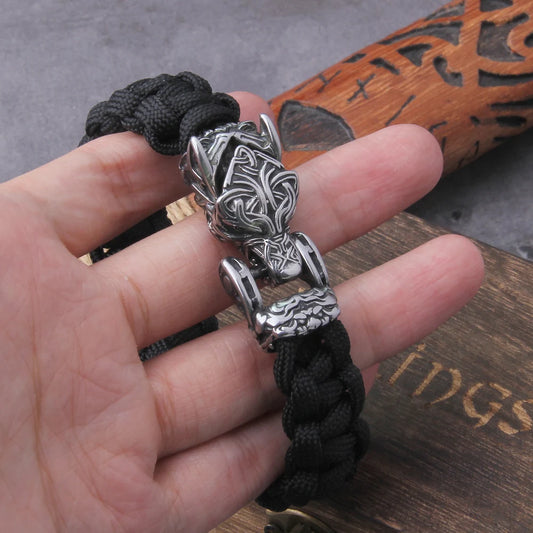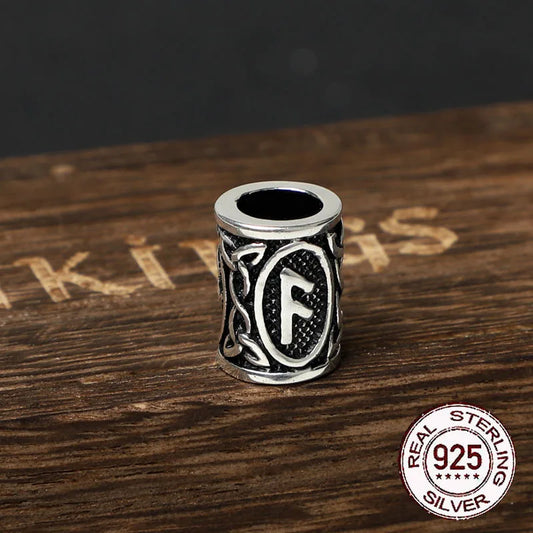Seidr (Old Norse: seiðr) is type of ancient sorcery or witchcraft that was practiced by the pagan Norsemen. The expression can also be used to refer to reconstructions of modern neo-paganism or emulations of such practices.
Who practiced Seidr?
Seidr involved incantation with spells, unlike galðrar which was more practical, was more shamanic, and emphasized ecstatic trances.
Seidr practitioners were predominantly women (völva, or seiðkona, lit. "woman who sees"), although there were also male practitioners (seiðmaðr, lit. "man who sees").
In the Viking Age seidr had connotations of ergi ("unmanly or effeminate") for men, as its manipulative aspects ran counter to the ideal of the straightforward man of sincere conduct.
Freya and perhaps some of the other goddesses of Norse mythology were practitioners of seidr, as was Odin, a fact that some believe embarrassed him, as Loki in Lokasenna accused him of being a seidr practitioner as a form of insult.
However, others believe that because he was the most important of all the gods, he was above such moral laws, as were the gods in the polytheistic religions of other Indo-European peoples.
The Anglo-Saxons had words that were apparently cognates of seiðr: siden and sidsa, both used in contexts suggesting that they were used by elves (ælfe); these apparently had a meaning similar to seiðr (Hall 2004, pp. 117-30).
Among the Old English words for magic practitioners were the words wicca (m.) or wicce (f.), ethonyms of the Modern English word witch but with no connection between wiccan and siden or sidsa.
Forms of Seidr
As Snorri Sturluson describes in his Ynglinga saga (sec. 7), seidr included both divinations and manipulative magic.
Apparently the type of divination practiced by seidr was generally different, due to its more metaphysical nature, than the everyday auguries performed by seers.
Shamanism is also a tradition that has been maintained around the world and probably has prehistoric roots.
Since Jakob Grimm's publication on socio-linguistics, Deutsches Wörterbuch in 1835, scholars have found a Balto-Finnish relationship to the seid, relating its depiction described in the sagas and elsewhere to the noaidde, practiced by Lapp shamans.
However, an Indo-European origin is also possible (see Hall 2004, 121-22). It should be noted that the word seita (Finnish) or sieidde (Sami), is used to describe a figure of a man formed by a tree or a large oddly shaped stone and is not related to "magic" or "witchcraft"; however it is possible that these words do derive from seidr.
Practice of Seidr
In the saga of Erik the Red, the völva Þórbjörg lítilvölva in Greenland wore a blue cloak and wore on her head a black lambskin adorned with white cat fur.
She also carried with her a symbolic spinning wheel (seiðstafr), which was sometimes buried with her; and she sat on a high platform. In Örvar-Oddr's saga, however, the robe was black, although the völva carried a distaff with her.
Whether the elaborate description of the saga reflects pre-Christian practice or how much the Christian author contributed with his imagination is difficult to determine.
Galdr and its Old English counterpart, gealdor, have evolved into the current English word yell (modern Scandinavian: gala), and there are numerous kenningars who compare the sound of battle to the chanting of the seidr. It is very likely that this sound was very high-pitched.
Seidr in Norse Mythology
The goddess Freya is identified in the Ynglinga saga as an adept in the mysteries of seidr.
She also presided over the sacrifices. It was her who first brought the Aesir to the knowledge of the seidr, which was a custom among the Vanir.
It is also said that it was she who taught Odin the secrets of this practice.
In the Lokasenna Loki accuses Odin of practicing seidr, condemning it as an art unbecoming of a man. A justification for this can be found in the Ynglinga saga where Snorri opines that whoever practiced seidr was regarded as weak and impotent.
A possible example of seidr in Norse mythology is the prophetic vision given to Odin in the Völuspá by the völva, vala, or prophetess after whom the poem is named.
Her vision is not explicitly connected with the practice of seiðr, yet the word is found in the poem in relation to the character named Heiðr (who is traditionally associated with Freya, but may also be the völva.)
There is a strong similarity between the völva in this account and the Norns.
Another notable mythological practitioner of seidr was the witch Groa, who attempted to assist Thor, and who was summoned from her grave in Svipdagsmál.


